All steel everything, and other predictions from the past about the home of the future
Whether it was the TV-screen walls of futurist illustrations or the all-steel decor of Thomas Edison’s fantasy home, ideas about how we’d live in the future have ranged from the sublime to the ridiculous. Less than 100 years ago, most homes didn’t have electricity. Now our homes can adjust the thermostat themselves, order us a pizza, and keep tabs on who’s at the front door. The future is here—but how does it stack up against what people hoped and predicted?
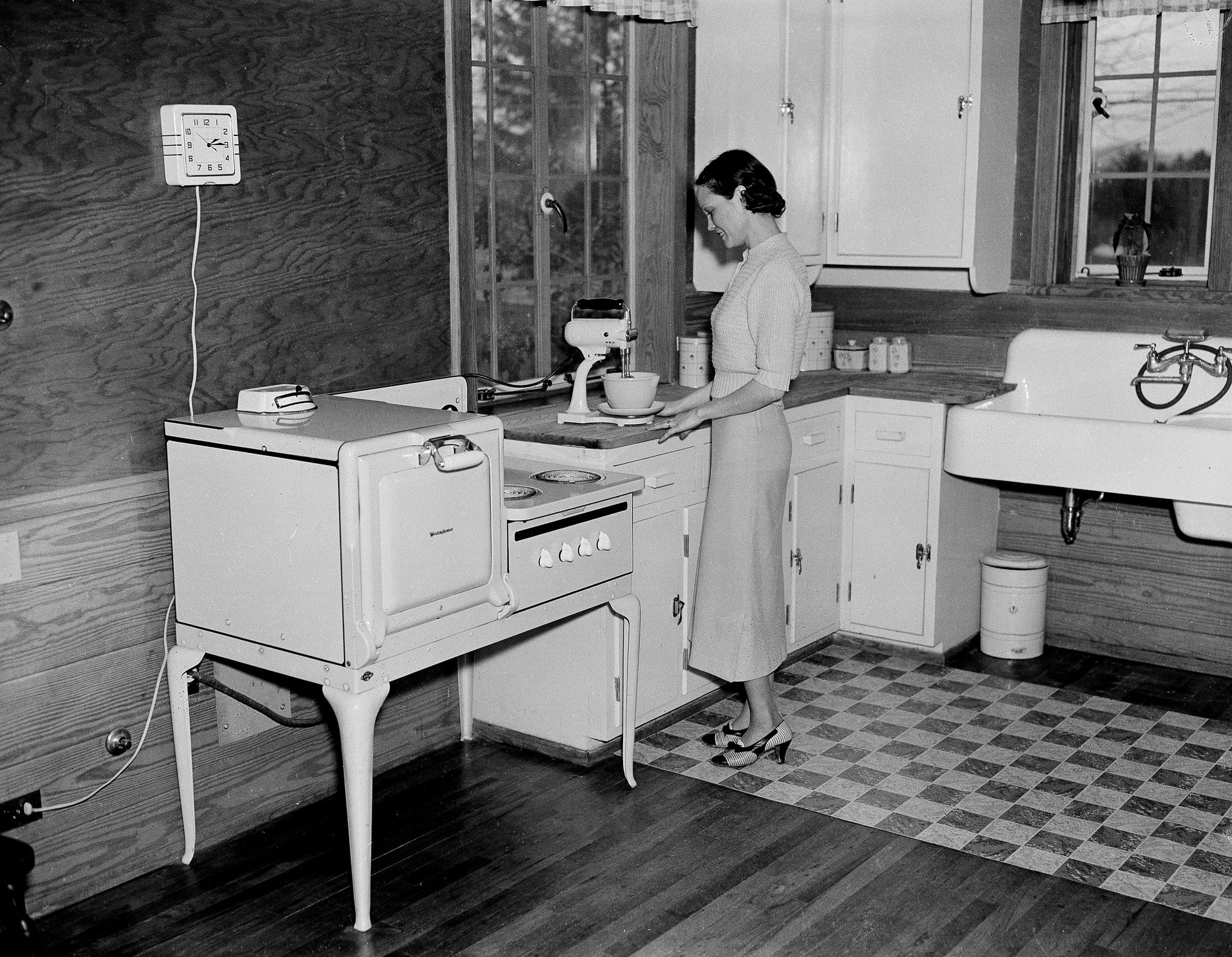

Whether it was the TV-screen walls of futurist illustrations or the all-steel decor of Thomas Edison’s fantasy home, ideas about how we’d live in the future have ranged from the sublime to the ridiculous. Less than 100 years ago, most homes didn’t have electricity. Now our homes can adjust the thermostat themselves, order us a pizza, and keep tabs on who’s at the front door. The future is here—but how does it stack up against what people hoped and predicted?
As part of What Happens Next, our special project exploring the far-off future of the global economy, we looked at where and how the thinkers of the past thought we’d be living today. Their predictions remind us that the future is not as certain as we think.
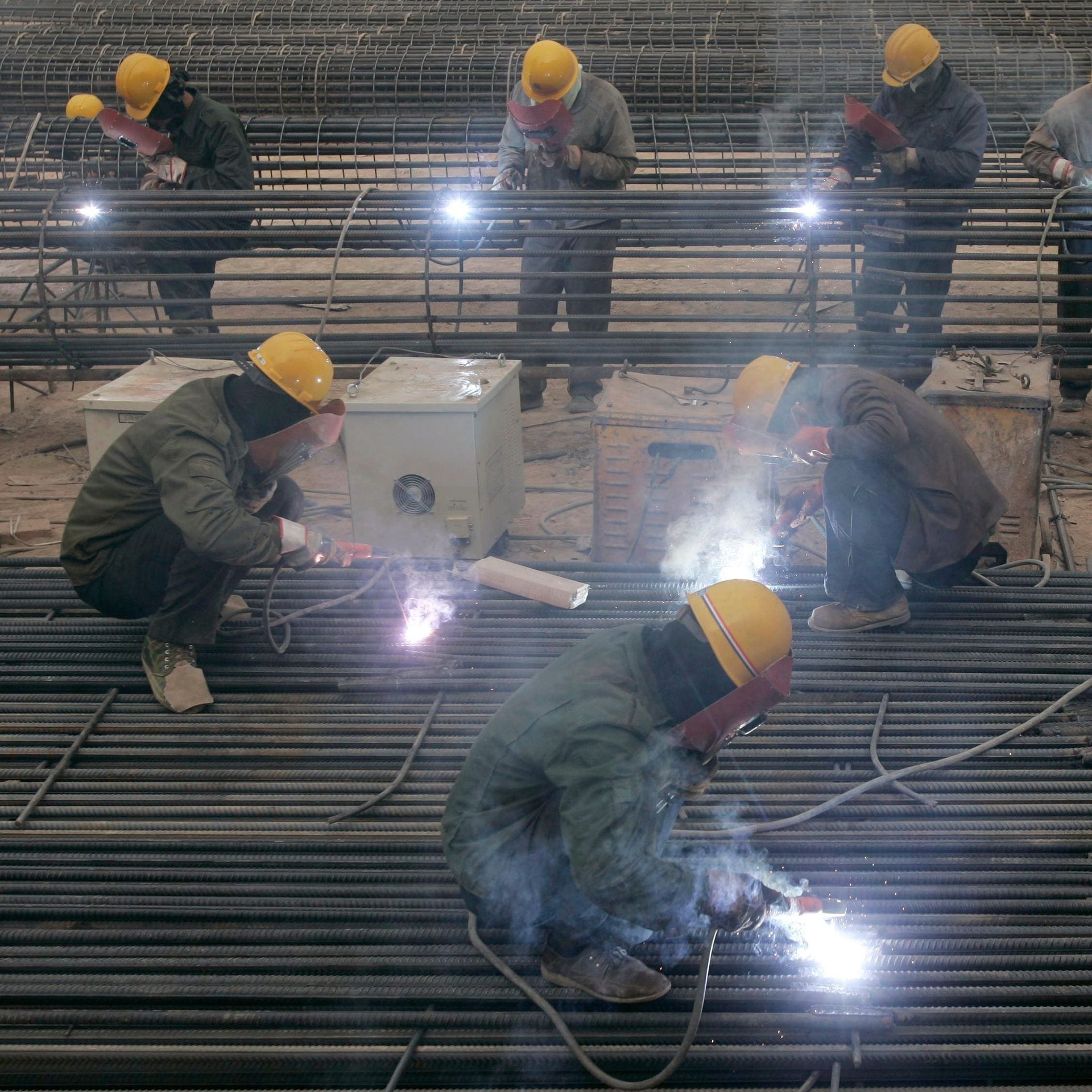
1911 (for 2011) / Uncomfortable furniture
Thomas Edison believed steel was the material of the future. “The baby of the twenty-first century will be rocked in a steel cradle,” he wrote in the Miami Metropolis. “His father will sit in a steel chair at a steel dining table, and his mother’s boudoir will be sumptuously equipped with steel furnishings, converted by cunning varnishes to the semblance of rosewood, or mahogany, or any other wood her ladyship fancies.” (His love for metal furnishings was perhaps influenced by the fact he’d made a substantial investment in his son’s steel manufacturing business.) Fortunately for our behinds, steel furniture is still relatively uncommon, and quite pricey. Wood still makes up about 60% of all household furnishings, with 530 million cubic feet of it used by furniture giant Ikea each year.
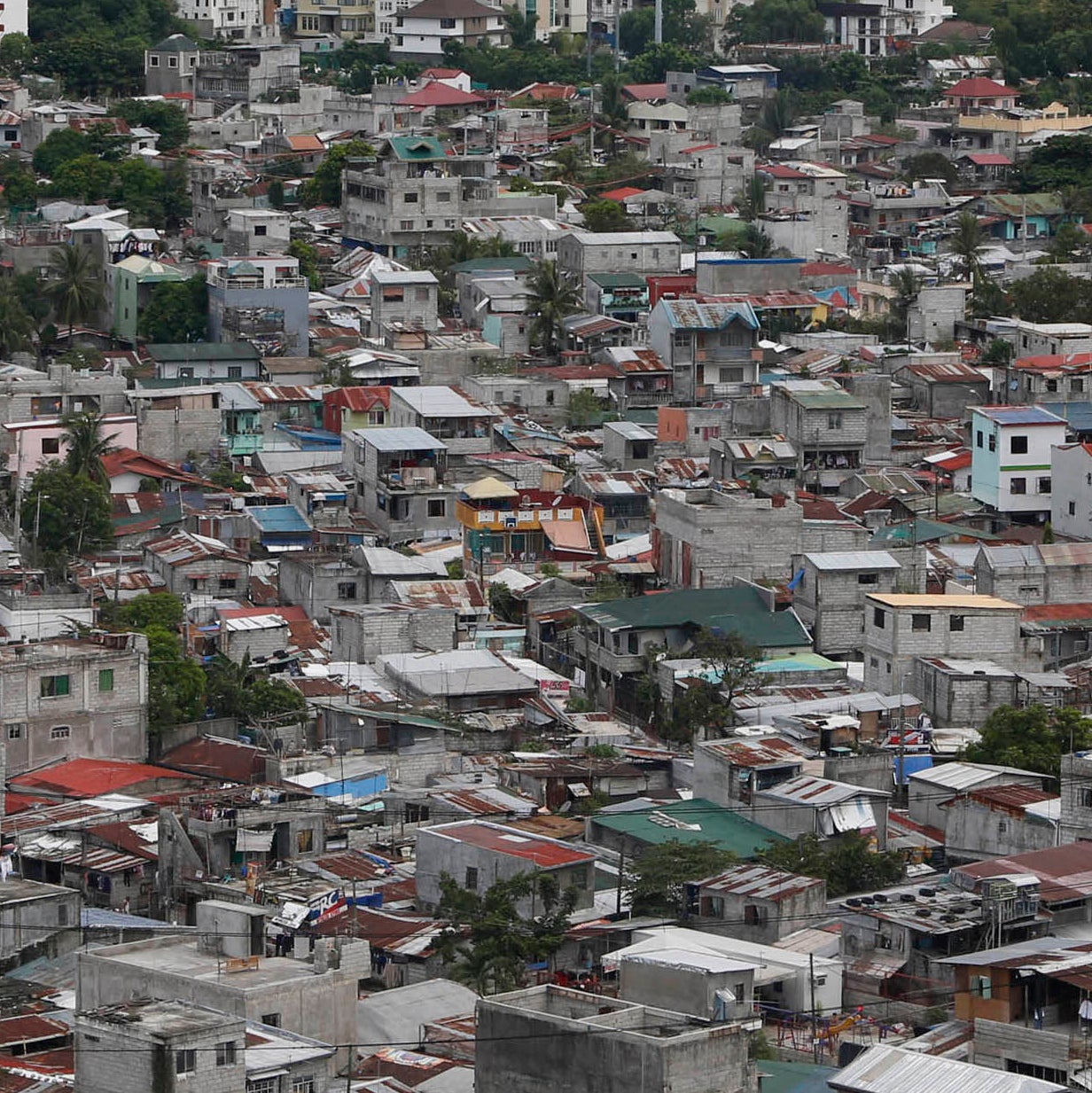
1971 (for 2381) / Sardine cans
In Robert Silverberg’s science fiction novel The World Inside, war, starvation, crime, and birth control have all been eliminated. To house the planet’s therefore booming population of 75 billion people, communal living en masse has become the norm. One family of eight might share about 1,000 “airy” square feet, outfitted with a deflatable sleeping platform and retractable cots for children. Some modern cities have even less space: Manila, the capital of the Philippines, is world’s densest city. The average dwelling there contains four people in a tiny 350 square feet. (And that’s just the legally built settlements.)
1972 (for 2000) / Commune karma
With “long-haired culture” on the rise, a group of interior-design experts anticipated that group living situations would become the standard. Think communal dormitories and kitchens, child-care stations, and—because hippies love “floor sitting” so much—a large carpeted room for “meetings, recreation, group therapy, and the like.”
Rising accommodation costs have made co-living with friends or strangers increasingly common in countries such as France, the United States, and many others. But it’s not the case everywhere: In many Asian and African countries, people tend to live with extended family, rather than people they aren’t related to. More than 80% of these households have at least one child, leading to an average household size of as many as nine people in countries such as Senegal.
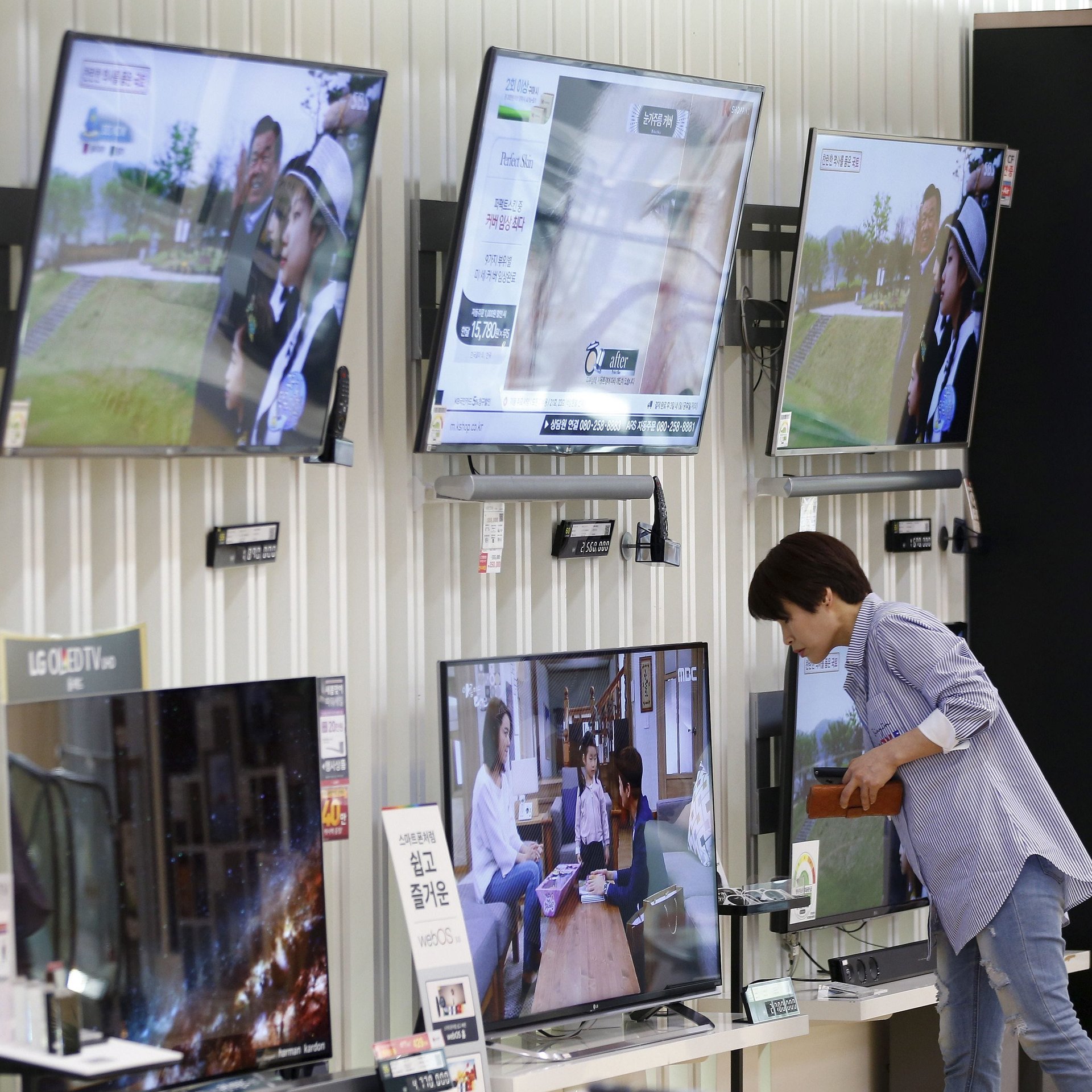
1979 / Screen walls
A living room mock-up in Future Cities: Homes and Living into the 21st Century showed a space bedecked with flat-screen electronics. Nowadays we’ve entirely embraced the flat-screen revolution, with the average size of televisions ballooning out to a whopping 45 inches. Some of the other technologies it predicted are already all but obsolete, such as a “video disc player” and a television shopping system, while others are yet to materialize, like 3D holographic recorders.
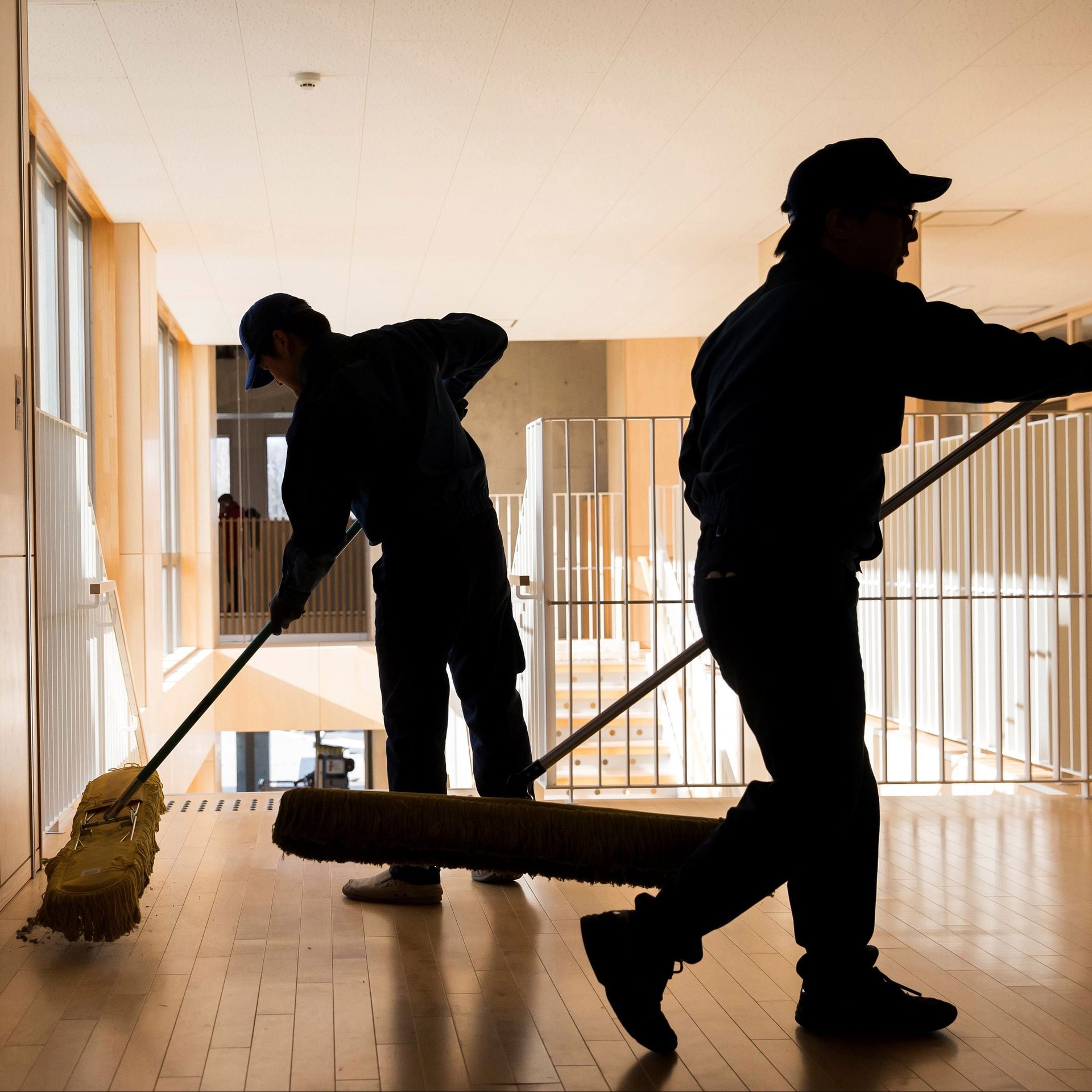
1980 / Never mop again
Oregon resident Frances Gabe was the inventor of the “self-sluicing house,” which could wash, rinse, and dry itself like a colossal dishwasher. She believed that this cleaning innovation had the power to change the future for women forever. “You can talk all you like about women’s liberation, but houses are still designed so women have to spend half their time on their knees or hanging their head in a hole,” Gabe told the Baltimore Sun in 1981.
But despite Gabe’s dreams of sparkling villages, office buildings, and hospitals, the prototype she had built herself remained just that. It may have been related to a surprising backlash from the people she most wanted to reach: “One time I had a group of furious housewives on my doorstep,” she told the Guardian, “telling me I was doing them out of a job and that if they didn’t have to clean their houses, their husbands wouldn’t need them anymore.”
1999 / Panic button
In the Disney Channel’s made-for-TV movie Smart House, a family home powered by an AI called “Pat” (Personal Applied Technology) goes horribly awry. Like many Internet of Things devices today, Pat anticipated her inhabitants’ needs, from thermostat control to “synthetic fresh air and virtual exercise.” Eventually, the computer takes a HAL 9000-esque turn and locks the family in the house.
This movie laid the ground for other “toxic IoT” stories, such as Her, IT, and the “White Christmas” episode of Black Mirror. While modern smart-homes are yet to attain full sentience, smart technology has been known to spy on its users, leaving television manufacturer Vizio with a multimillion-dollar lawsuit last year after it was accused of secretly collecting—and selling—its customers’ location, demographic, and viewing data.
How do the experts of today think we’ll be living tomorrow? Read more predictions about the Future of Home.